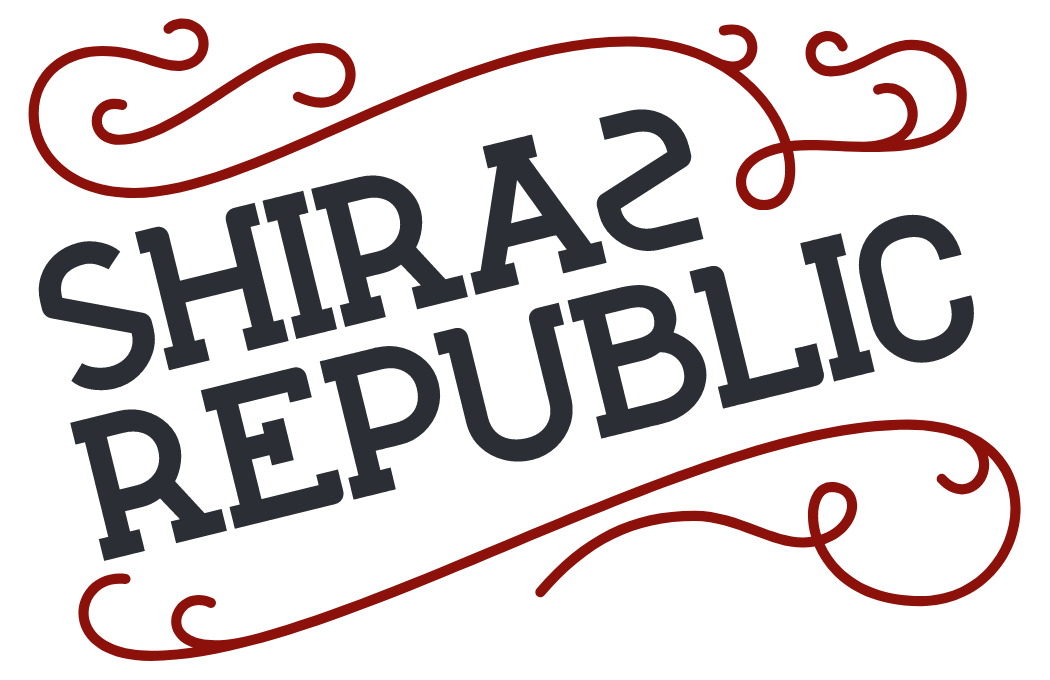The Shiraz Republic is located in the heart of the Heathcote region on the ancient red volcanic soils of the Mt Camel range. The best vineyards are located on this thin strip of Cambrian-derived soils of friable red brown gravelly loams. It is this Cambrian earth that confers the area’s unique ability to produce extraordinary Shiraz.
The Cambrian earth runs north-south on either side of the Mt Camel range, following the road from Heathcote to Colbinabbin.
Travelling north, it is the land on the left side of the road that is so highly sought after. The slopes are gentle, well drained and generally above the frost line. It is here that the Shiraz Republic is established. Walking in the misty vineyard in winter, the Shiraz Republic is built on careful pruning which lays the foundations of yield and quality for the coming vintage. The Shiraz Republic is a small island of green in the arid straw yellow of this traditional wheat region.
The Shiraz Republic is populated with clones of SA1654 from the Barossa Valley, Best’s Old Block from the Pyrenees, PT23 are grown on 1103 Poulsen rootstock and most recently, R6WV28 from Tabilk. Click here to learn more about our clones.
Our vineyard is laid out in 400 -430 metre long rows each with about 200-230 vines and we have a total 64 rows (about 14,000 vines). The vines are all trained to a single cordon and are supported with canopy wires. Vines are hand pruned in winter back to about 20 – 30 buds per meter of cordon to limit the tonnes/hectare of grapes produced.
Everything we do in the vineyard is focussed on producing premium, elegantly flavoured red wines. This is done by scientifically limiting fertilisers and water so that the vines essentially struggle and are stressed at the crucial times (especially during cell division and pre-veraison). We typically only yield 2 tonnes per acre of grapes (aiming for 3!) which should be compared with the Hunter Valley (5 – 10 tonnes/acre) and Griffith, Yenda and the Riverland SA (10 – 20 tonnes/acre). Within certain limits, it is not possible to produce high yields and high quality simultaneously. It’s like comparing home gown tomatoes with supermarket tomatoes.
Due to the fact that our area has low humidity in summer, fungal problems (the bane of grape growers) are minimised and we would typically only spray out copper sulphate 2-3 times a season. This should be compared with wet areas like the Hunter Valley which may have to spray the vineyards with chemicals 20 or more times prior to harvest. We do not use insecticides and keep a permanent cover of grasses growing between the rows.
Sometimes less is definitely more.




